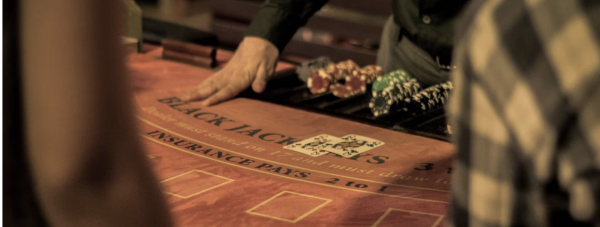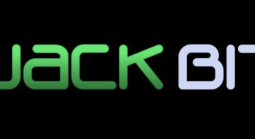Basic Strategy in Virtual Blackjack: Proven Method or Overhyped Advice?
The question of whether basic strategy in virtual blackjack genuinely reduces the house edge or represents overstated marketing remains central to how players approach online gaming. Understanding this distinction matters especially for those exploring various platforms and promotional offerings.
Many online casinos, including those featuring programs like a borgata no deposit bonus code, attract players with incentive-based opportunities to test their strategies. The evidence suggests that basic strategy is far from hype, it is a mathematically proven approach that demonstrably lowers the casino's advantage. However, understanding how and why requires examining the underlying mathematics and practical implementation in digital environments.
Understanding the Mathematical Foundation
Basic strategy emerged from rigorous computational analysis conducted on billions of simulated hands. Computer algorithms evaluated every possible player-dealer combination to determine which decision, hitting, standing, doubling down, or splitting, produces the optimal outcome. The mathematics is not theoretical conjecture; it represents exact calculations rather than estimates. Each recommendation within basic strategy charts carries specific probabilities that compound across extended play sessions, making the strategy statistically verifiable rather than purely speculative.
The core principle driving basic strategy's effectiveness lies in card distribution. In a standard 52-card deck, 16 cards carry a value of ten, the most frequently occurring denomination. This mathematical reality means that approximately 30 percent of all drawn cards will be ten-valued cards. Basic strategy accounts for this probability, alongside dealer behavior rules that require dealers to hit on 16 or lower and stand on 17 or higher. By leveraging these fixed parameters, basic strategy identifies decisions that statistically favor the player across large sample sizes.
House Edge Reduction in Practice
Research confirms that players adhering to perfect basic strategy can reduce the house edge to approximately 0.3 to 0.6 percent, depending on specific table rules. Without basic strategy, the standard house edge ranges from 2 to 4 percent or higher, particularly in games offering unfavorable payouts like six-to-five blackjack payments instead of three-to-two. This translates to a meaningful difference in long-term expected losses.
The reduction becomes particularly pronounced when players combine basic strategy with favorable rule selections. Games offering three-to-two blackjack payouts, dealer stands on soft 17, double-after-split capability, and late surrender options create environments where disciplined players minimize losses significantly. Those playing games with inferior rules—such as six-to-five payouts or no doubling options, amplify the house advantage regardless of strategy adherence.
Virtual Blackjack Considerations
Online platforms present unique circumstances that affect basic strategy implementation. Virtual games utilize random number generators that simulate shuffling rather than physical deck depletion, meaning composition-dependent variations carry less weight than in live settings. However, basic strategy remains optimal because it addresses universal probabilities independent of physical card positioning. The digital environment actually eliminates certain advantages card counters might gain in live casinos, placing all players, basic strategy followers and casual players alike, on relatively equal footing regarding mathematical fairness.
One common misconception involves insurance bets and side wagers. Insurance carries approximately 7.4 percent house edge, representing a dramatic departure from basic strategy's optimized decisions. Similarly, side bets like Perfect Pairs (6.2 percent) and Lucky Ladies (17 percent) deliberately introduce unfavorable odds. Basic strategy excludes these supplementary bets precisely because they contradict mathematical optimization principles.
The Reality of Consistency
Basic strategy's proven status depends entirely on strict adherence across extended play periods. Individual hands remain subject to randomness—players following perfect strategy still lose hands and experience losing sessions. The advantage manifests through statistical probability over hundreds or thousands of decisions. Players who "feel" inclined to deviate based on intuition or previous outcomes immediately surrender the mathematical benefits basic strategy provides.
Dismissing basic strategy as hype contradicts verifiable computational evidence. The strategy represents a practical application of probability mathematics rather than gambling folklore. Players utilizing basic strategy in virtual blackjack environments objectively face lower house edges than those ignoring the recommendations. While basic strategy cannot overcome the inherent advantage casinos maintain, it eliminates predictable losses caused by suboptimal decision-making. For players interested in minimizing mathematical disadvantage, basic strategy represents proven methodology grounded in rigorous analysis rather than marketing exaggeration. The distinction between "proven method" and "overhyped advice" ultimately depends on whether players maintain discipline through statistical variance without chasing hunches or abandoning calculations for intuition.
- B.E. Delmer, Gambling911.com













